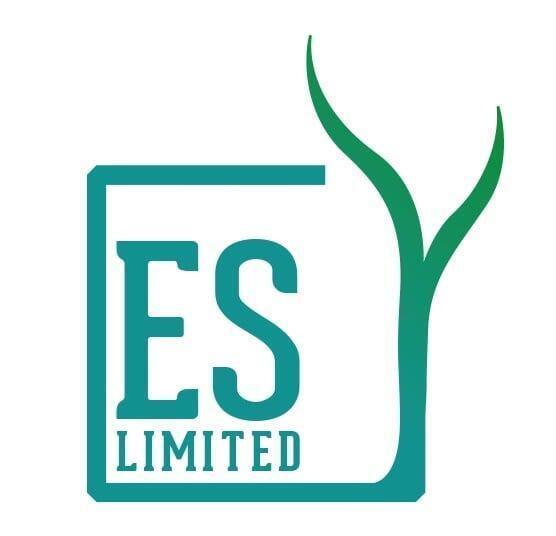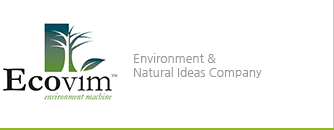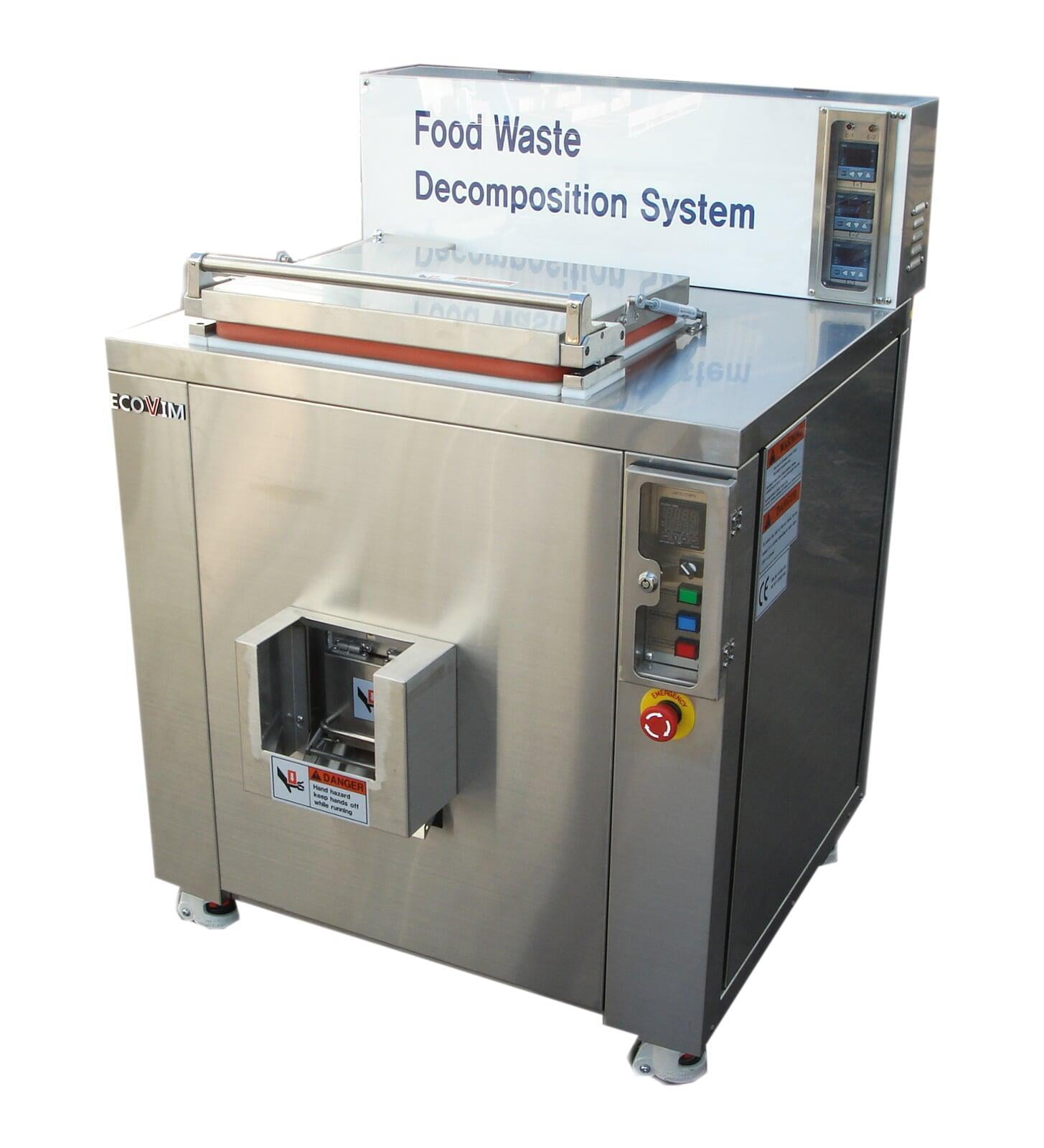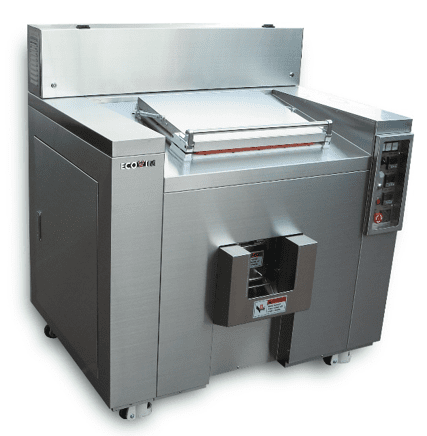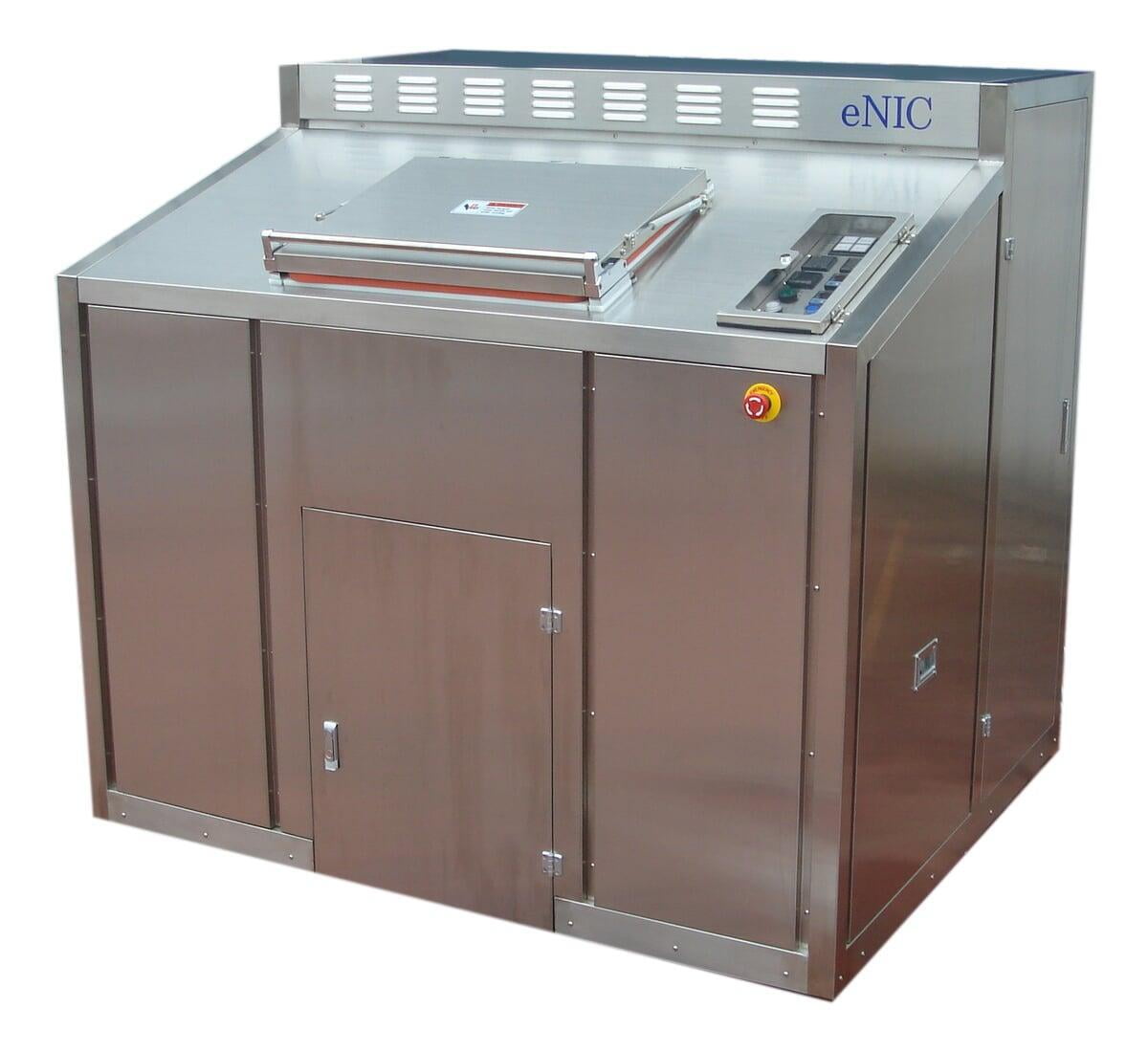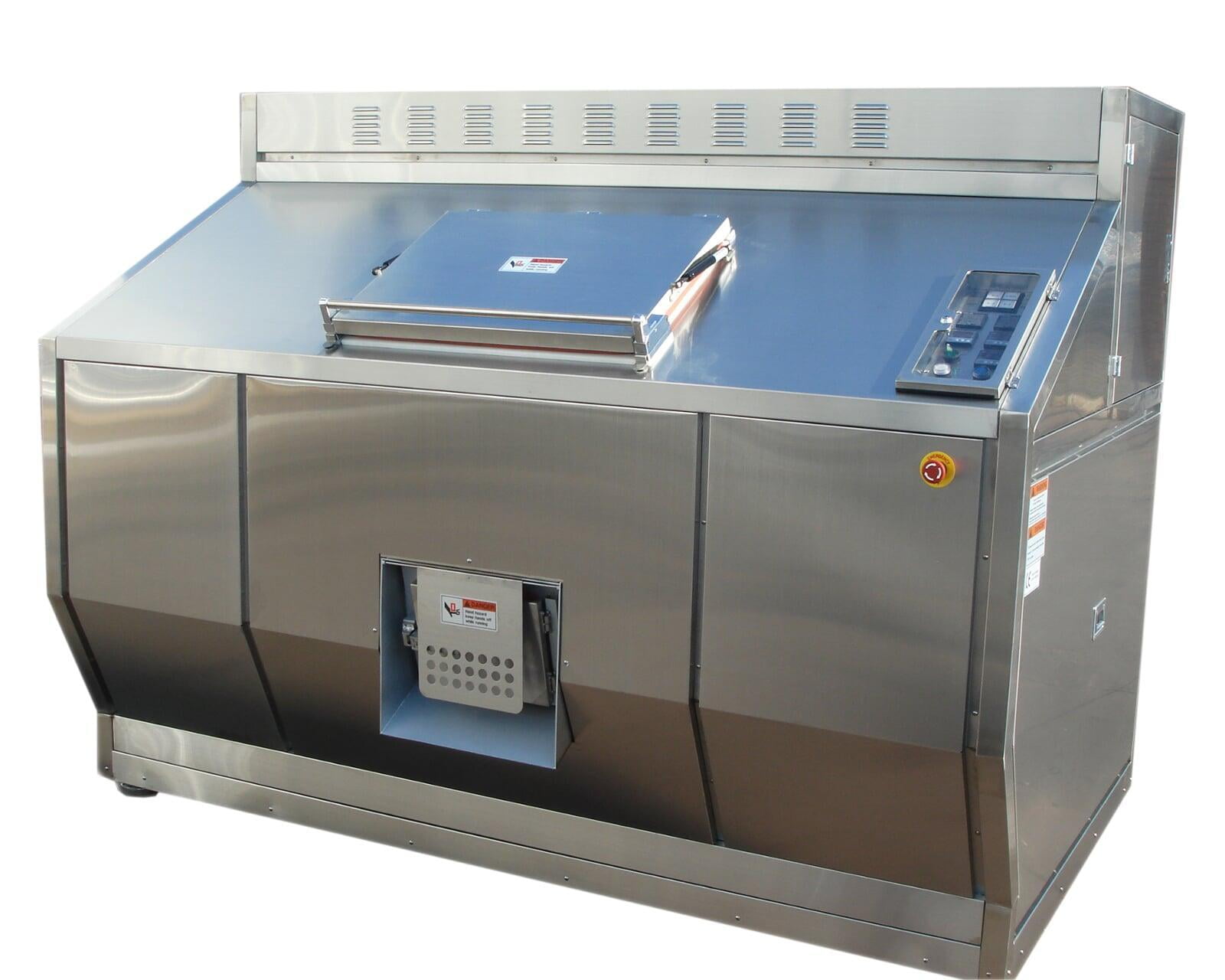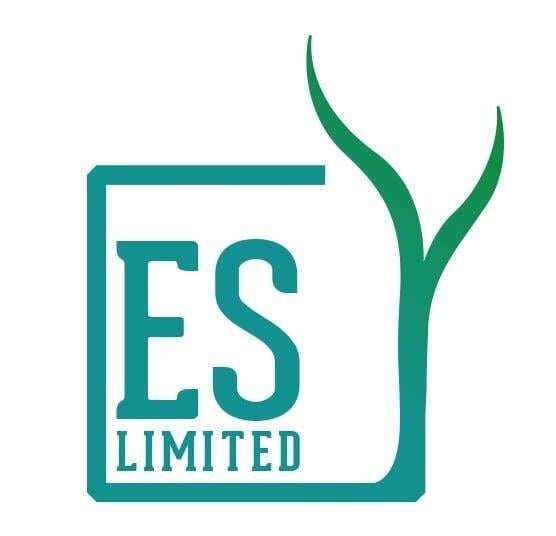EN 30
Utilization:
Mainly in traditional Restaurants and cafeterias
Advantages:
Ø Food waste treatment onsite
Ø Reduction of waste by approx. 80% depending on the waste humidity
Ø Simple handling perfect for non-qualified staff
Ø No ventilation
Ø No water supply
Ø Low need of maintenance
Ø Treatment without micro-organisms or bacteria
Ø The residue is dry and stable. It has fertilizer properties.
Ø No effect on the environment
EN 100
Utilization:
EN 100 is good to be used in large restaurants and cafeterias,
average size supermarkets and small companies working with vegetables
Advantages:
Ø Food waste treatment onsite
Ø Reduction of waste by approx. 80% depending on the waste humidity
Ø Simple handling perfect for non-qualified staff
Ø No ventilation
Ø No water supply
Ø Low need of maintenance
Ø Treatment without micro-organisms or bacteria
Ø The residue is dry and stable. It has fertilizer properties.
Ø No effect on the environment
EN 300
Utilization:
EN 300 is good to be used in large restaurants and cafeterias,
supermarkets and catering companies
Advantages:
Ø Food waste treatment onsite
Ø Reduction of waste by approx. 80% depending on the waste humidity
Ø Simple handling perfect for non-qualified staff
Ø No ventilation
Ø No water supply
Ø Low need of maintenance
Ø Treatment without micro-organisms or bacteria
Ø The residue is dry and stable. It has fertilizer properties.
Ø No effect on the environment
EN 500
Utilization:
EN 500 is good to be used in shopping malls, big hotels,
supermarkets and catering companies
Advantages:
Ø Food waste treatment onsite
Ø Reduction of waste by approx. 80% depending on the waste humidity
Ø Simple handling perfect for non-qualified staff
Ø No ventilation
Ø No water supply
Ø Low need of maintenance
Ø Treatment without micro-organisms or bacteria
Ø The residue is dry and stable. It has fertilizer properties.
Ø No effect on the environment
